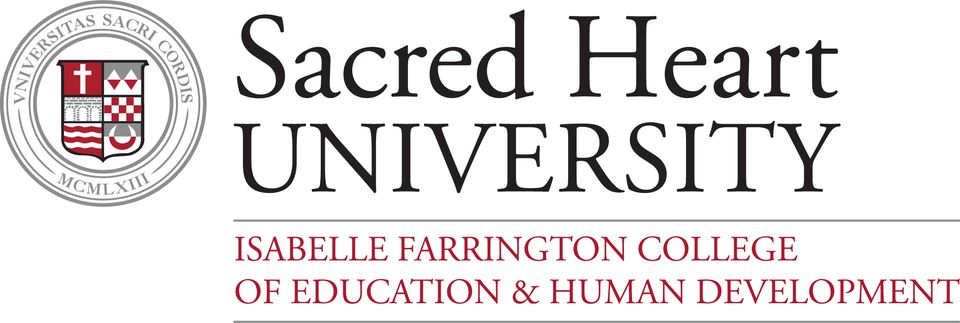Preparing School Leaders to Confront Opportunity Gaps in Suburban Districts
Document Type
Book Chapter
Publication Date
2019
Abstract
The advantages of suburban life do not necessarily guarantee a secure future for many young people of color. A recent US study indicates that despite being raised in elite neighborhoods, Black males raised in affluent conditions are less likely than White males to maintain their wealth status into adulthood. While strong instruction, adult support, and inclusive cultures have been proven to mitigate a myriad of risk factors for historically marginalized groups of students, opportunity gaps continue to face young people of color, even in affluent suburban districts, where the appearance of a level playing field can lead educators to underestimate their role in building social capital in their students. High graduation rates notwithstanding, school leaders in suburban districts must be prepared to lead staff to understand the critical impact of disparities in preparation on the competitiveness of their students of color and first-generation students. They must seek to uncover critical differences in how opportunities are parceled out, address subtle barriers to access, resist the “opportunity hoarding” that works to maintain the status quo in many districts, and develop in staff the pedagogical and relational skills that engage students of color in the highest opportunities available to them. Though many school administrators may be white, middle class, and personally unfamiliar with some of the racial and socioeconomic challenges that face many suburban districts today, their effectiveness in eliminating achievement and opportunity gaps will hinge on their ability to prepare all students for competition on a playing field that remains anything but level.
DOI
10.1007/978-3-319-74078-2_119-1
Recommended Citation
Preis, D. (2019). Preparing school leaders to confront opportunity gaps in suburban districts. In R. Papa (Ed.), Handbook on Promoting Social Justice in Education (pp. 1-36). Cham, Switzerland: Springer. doi: 10.1007/978-3-319-74078-2_119-1






Comments
Chapter in Handbook on Promoting Social Justice in Education.